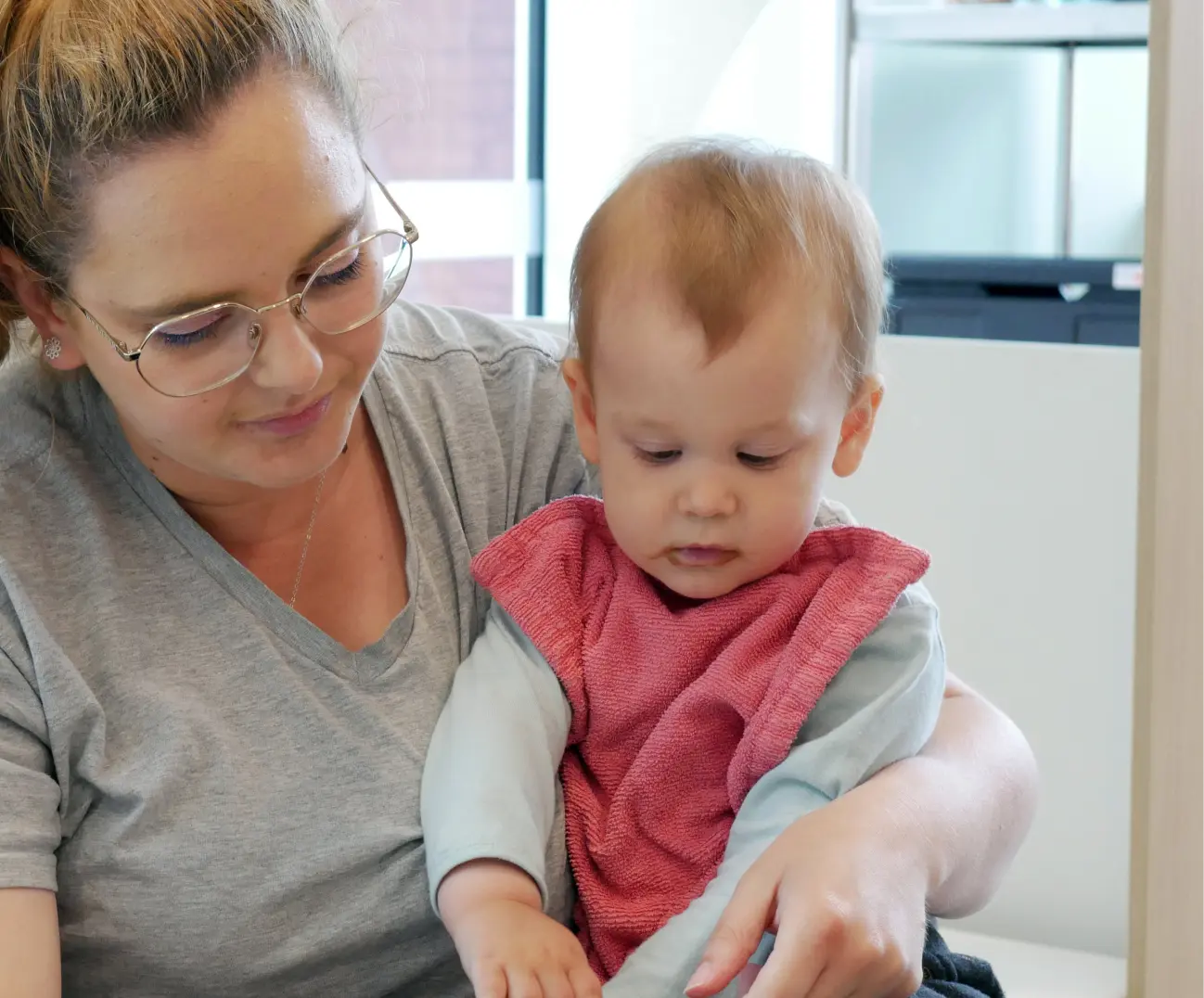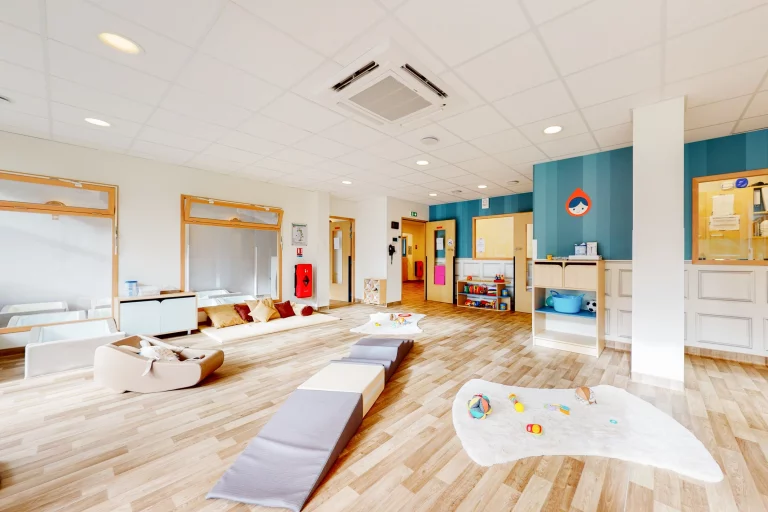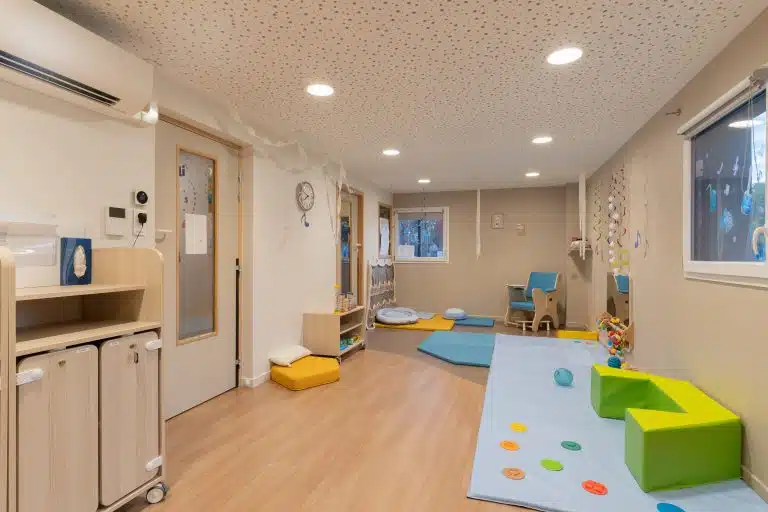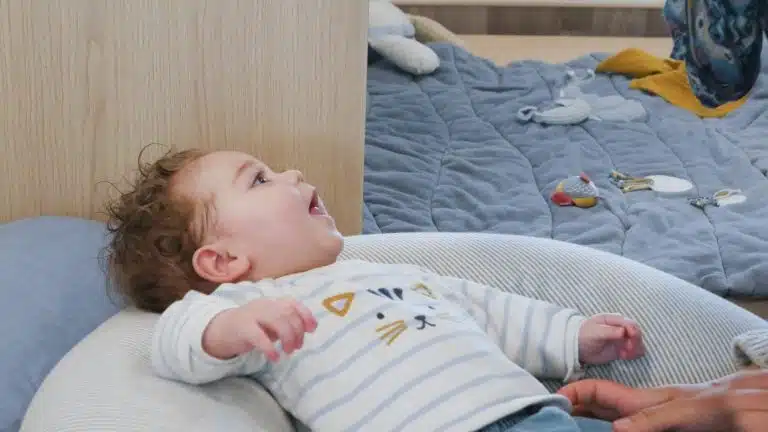Calculate the price of my spot at daycare
The cost of a daycare spot is a crucial topic for every parent. Contrary to popular belief, private daycares do not cost more than municipal daycares. The fee for a daycare spot is set by the CAF (Family Allowances Fund) and depends on the number of children in the household, the number of hours of care per week, and the household’s net income (from two years ago). However, the payment methods and the type of financial assistance vary depending on the type of daycare. In fact, the CAF supports both collective multi-care daycares and micro-crèches in different ways.
Each family can also benefit from tax advantages for childcare expenses.
So, how much will you pay for a daycare spot? How are the subsidies applied?
We help you understand the pricing for daycare spots and plan ahead!
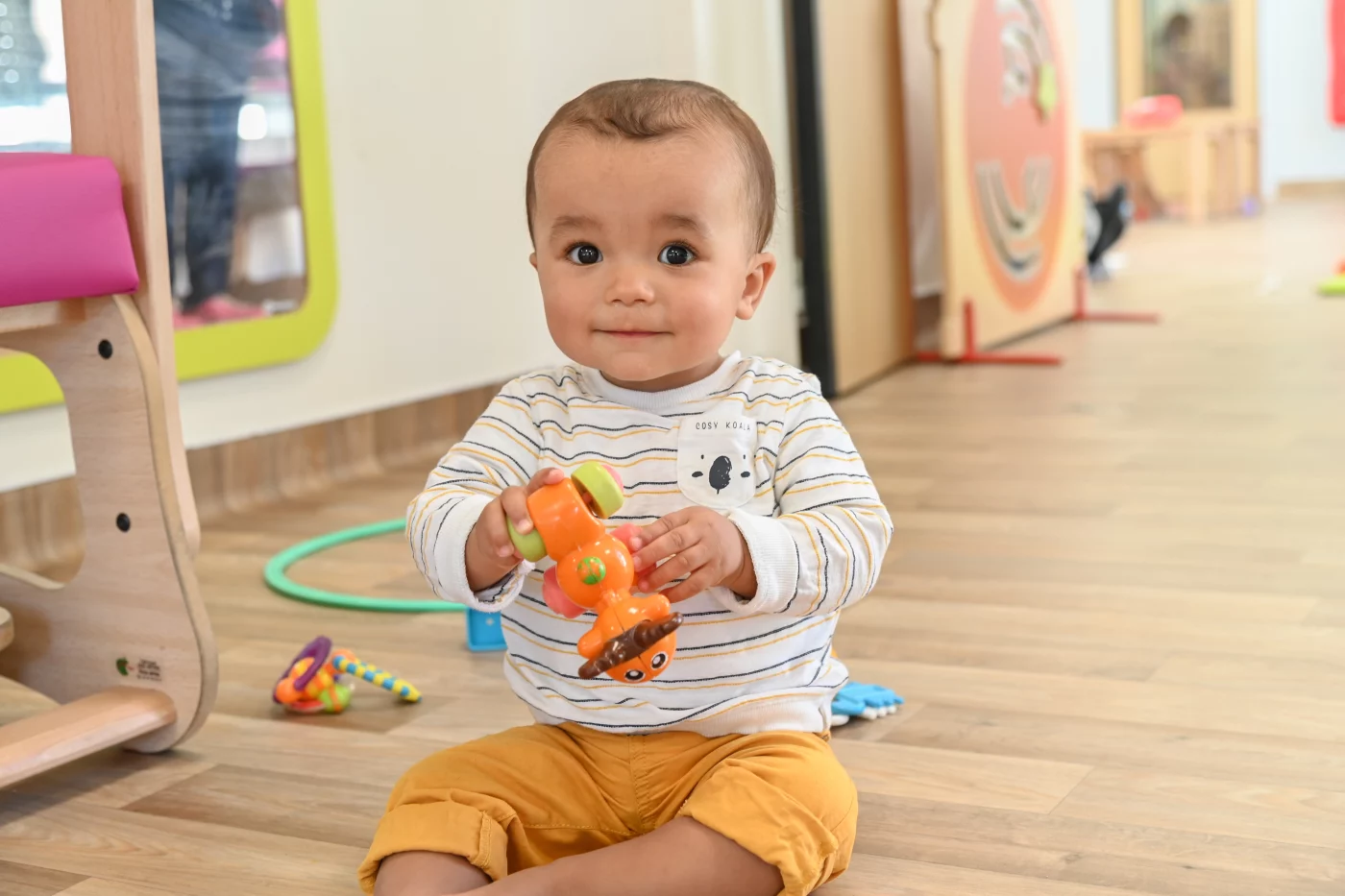
What grants does CAF provide for a place in daycare ?
The Family Allowance Fund (CAF) plays a crucial role in reducing the costs of daycare. It offers various grants to help parents finance the care of their children. Two main aids are available: the Single Service Grant (Prestation de Service Unique or PSU) and the Complementary Aid for Childcare Options (Complément de libre choix du mode de garde or CMG).
These allowances are calculated based on income and the type of daycare and are paid directly to the daycare or to the parents, as appropriate.
Simulate the cost of care in collective multi-accommodation daycare
Multi-care daycares accommodate at least 13 children and offer parents a flexible childcare option: full-time (5 days a week), part-time (e.g., 3 days a week), or occasional care. They welcome children from 2.5 months old until they start school.
The fee for a daycare spot is calculated according to a national scale, taking into account the number of children in the household, the number of hours of care per week, and the household’s gross income (from two years ago). The income considered is based on the tax notice for the previous year, using the resources from two years ago, before tax deductions and actual expenses. (The current year refers to the year the child is enrolled in daycare.)
For families receiving CAF or MSA benefits, the amount of resources to be considered can be found on the CAF (CDAP) or MSA websites. The manager has an agreement that allows access to this portal. The family is informed about this consultation and has given prior authorization for the manager to access personal data and retain it for five years, during which the manager may be subject to verification by the CAF or MSA.
For families not receiving CAF or MSA benefits or when information is unavailable on the portals, the tax notice will be requested.
Here is an overview of the monthly amount to be paid if your child is enrolled in one of our multi-care daycares:
Votre place à la crèche
devrait vous coûter
Soit à l’année
Suivant votre situation, vous bénéficiez sur ce montant d’un crédit d’impôt pouvant aller jusqu’à 1 750 € par an et par enfant.
This simulator concerns multi-accommodations daycares, which benefit from the PSU (Caf aid paid directly to the host establishment) and not micro-daycares, which allow access to the CMG (aid paid directly to parents) .
Project the cost of care in a micro-daycare
Micro-daycares distinguish themselves from other daycares by their maximum number of 12 children, all grouped in a single section, whatever their age, from 2 and a half months until they start school.
Pricing is based on a fixed price, depending on the number of days of care and the location of the daycare. Unlike multi-accommodations daycares, micro-daycares do not directly receive aid from the CAF. As with home childcare, it is the parents who can receive the grants: Complementary Aid for Childcare Options (CMG). It allows them to finance the care of their child once they exceed 16 hours per month. Parents must advance the amount before receiving the aid, which is reimbursed to them retrospectively. The amount of aid, from €600 to €850/month, depends on the family’s personal situation and covers up to 86.5% of the total cost of your child’s care.
Here are some examples to give you an idea of the price.
Who can benefit from tax benefits on daycare expenses and under what conditions ?
Are you having your child cared for? You may be eligible for a tax credit:
- If you are a parent with one or more dependent children.
- If you are a grandparent with your dependent grandchild(ren), and your adult child is still part of your tax household.
The expenses you incur are deductible if the following conditions are met:
- Your child is under 6 years old on January 1st of the tax year.
- Your child is dependent on you.
- Your child is enrolled in a child care facility for children under 6, such as a daycare or leisure center.
It is not necessary for the parents to be employed to benefit from this tax deduction.
Not subject to income tax? You can still benefit from this tax assistance! In your case, the tax authorities will process a tax refund.
What amount of daycare cost is tax-deductible ?

The childcare tax credit on daycare costs amounts to 50% of childcare costs, up to a limit of €1,750 per child per year. The amount declared to the tax authorities is equal to the amounts paid to your daycare.
- Maximum amount to declare per child: €3,500 (€1,750 per child in shared custody)
- Maximum tax credit €1,750 (€875 per child in shared custody)
If your childcare costs exceed €3,500 per year per child, the amount of your tax credit that the tax authorities will reimburse you will amount to a maximum of €1,750. This amount will be paid to you in two installments (an advance in January and a supplement in September).
Daycare is the most economical method of childcare because the price of a spot in daycare is reduced thanks to funding from municipalities (or employers), aid from the CAF and the tax credit.
How to declare childcare costs and complete box 7ga of your tax return ?
When you complete your income tax return, you must provide information about your child. Then make sure that the “reductions and tax credits” box is checked in the “Charges” category because this will give you access to boxes N7.
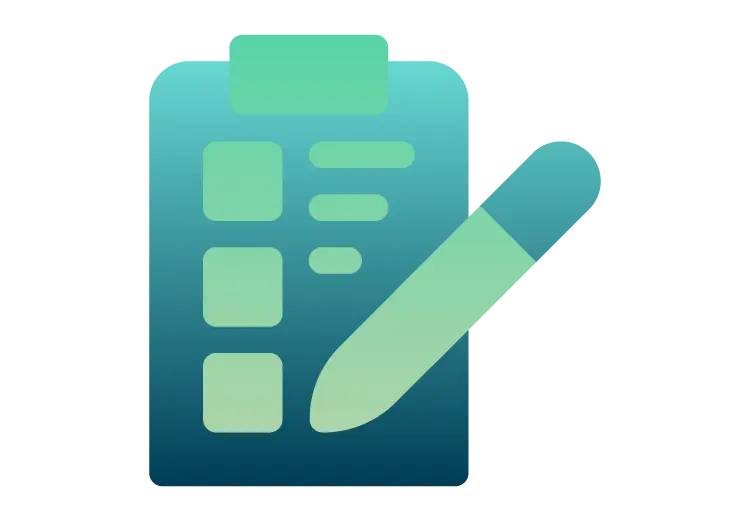
You can then declare your expenses by filling in boxes 7GA to 7GG in the section relating to childcare costs for children under 6 years old. (7GA for the first child, 7GB for the second child, 7GC for the third child…).
If you benefit from CAF or CESU aid pre-financed by your employer, these amounts must be deducted beforehand.
If you live together and therefore file 2 separate tax returns:
- The financial burden can be assumed equally between the two parents, the amount of expenses declared and therefore the amount of the tax credit is then shared between them.
- This is also the case in a joint custody situation.
- Only one parent can count their child as dependent and thus benefit from the tax advantage.
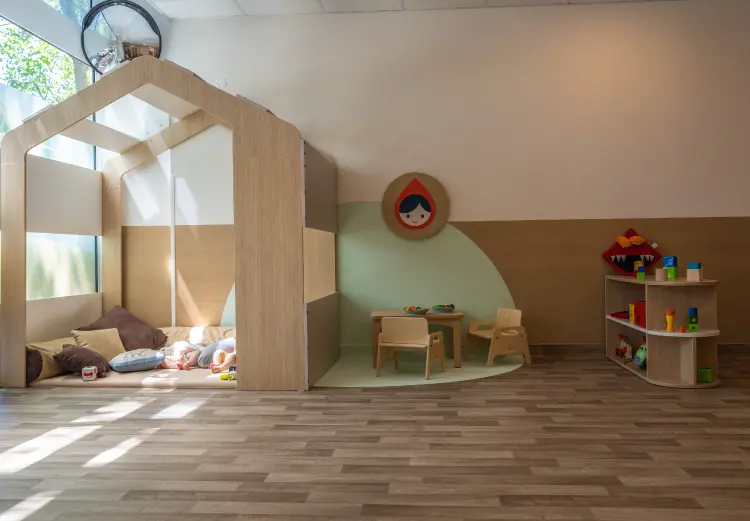
If you choose micro-daycare for your child, you will benefit from assistance from the CAF called the Complementary Aid for Childcare Options (Complément de libre choix du mode de garde or CMG). This allowance must first be deducted from the childcare expenses that you can declare for the calculation of your tax credit.
When filing your tax return you do not have to justify the expenses you incurred to care for your child. However, you must keep the invoices for at least 3 years in order to be able to dispose of them if the tax authorities ask you for them during an audit. If only one parent counts their child as dependent, be careful to ensure that the supporting invoices are in their name.
If you need to use home care for your child in addition to daycare, you can combine the two tax credits up to the maximum of the bracket.
To find out more: service-public.fr
Childcare tax credit and family tax credit: two complementary tax advantages not to be confused !
The childcare tax credit is tax assistance dedicated to individuals, when they incur expenses by caring for their child under 6 years old.

The family tax credit is a tax assistance for companies when they reserve spots for their employees. It constitutes a major advantage for employers and one of the reasons why places in daycares are increasingly co-financed by companies, keen to provide a social advantage to attract and retain their employees.
Private daycares are based on co-financing by the family and the employer which allows you to benefit from these 2 tax credits, one for the family, the other for the company. Many companies have already implemented this system for their employees. Check out their testimonials and talk to your employer about them!
